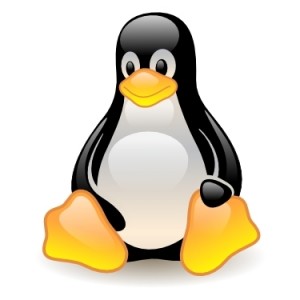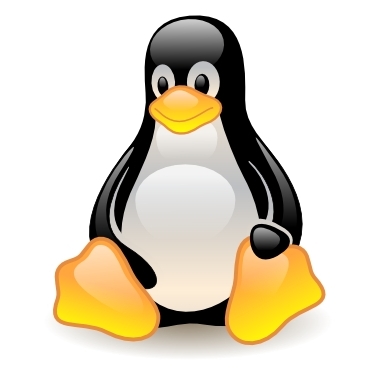 Like many of us I have been aware of another world floating around cyberspace that is neither a Microsoft world, nor an Apple i-world. Linux has generally been thought of as a largely geeky alternate reality, however most of us have had little, if any, direct experience. Years ago I had a quick look, and in the end it was all too hard, and so worthy of being given a big miss.
Like many of us I have been aware of another world floating around cyberspace that is neither a Microsoft world, nor an Apple i-world. Linux has generally been thought of as a largely geeky alternate reality, however most of us have had little, if any, direct experience. Years ago I had a quick look, and in the end it was all too hard, and so worthy of being given a big miss.
I have a laptop that is about 6 and a half years old, and in its day it was a great laptop, however that day has passed. For the last couple of years it was taking about 20 minutes to boot up, and anything I gave it to do it seemed to struggle with, could get there however it was always hard work, and for the last 18 months it has essentially sat in the corner and collected dust.
I was contemplating tossing it out, however I was reading an article about linux in a PC magazine, and I thought maybe I could try putting Linux on it. I have read about duel booting, however I have some reservations about that, yet with an old box that was on the scrap heap anyway, I thought I might give it a go.
In order to do this, the steps are easy. Firstly you have to find a version of Linux (called a distribution), and I found one called Linux Mint. Download the image and then, right click on the download file and choose ‘burn iso’ and then stick in a DVD and burn a bootable copy of linux to the DVD. Next you can put the DVD in the PC you want to use, and boot it from the DVD (you may need to change the boot order to allow this to happen, or press [f9] as you boot to allow you to select it at that point. Once the pc has booted from the disc, you can use Linux. My old laptop was formatted NTFS which is very Microsoft, One of the things you can do however having booted from the DVD is choose to install Linux on the PC, and you are given a few options, and I chose to format and install Linux as the only operating system and allowed the program to do its thing, and it took a while to do it, unattended. The result is that the old laptop now boots in around a minute, performs as well as it ever did as I remember it.
I was able quite quickly to attach it to the wireless network, and have the basic things going as I wanted them. Most Linux releases come with a version of Office (as in open Office) already installed which is nice. Mine came with firefox installed. Whilst I like firefox, I use chrome a lot and have it synced up so that bookmarks and apps and and google drive move between devices. I visited the Google Chrome site and it identified that I was using Linux and offered to install Chrome for we, which I did, and then made it the default browser. Everything synced up as per normal, so the browser replicates what I have done elsewhere. I found the software manager which allows you to do lots of things, and I installed to adobe module so that flash installed so I could see all the YouTube videos etc. I also found a Linux version of Xara – the graphics suite I use in Windows, and though the Linux version is a lot like the windows version of a couple of editions back it is quite functional and workable. Skype installed painlessly as well, though the laptop is fro before when they all had cameras on them so it is voice driven.
I did some reflecting on the experience. Most things I write these days, I write using Google the Google Drive. The advantage of this is that it does not matter where I am I can get to the google drive and keep working on it. All of the cloud driven functionality transfers without thinking as it is device independent. I have a number of applications that are desktop driven and I don’t know how many of them would work in a Linux world. however I know that some of them will not. Those applications are largely work related, the rest of it can happily work in a Linux environment. In fact the cloud opens the door to the idea that the operating system is less relevant, and if Linux can give a couple of years extra life to a box, maybe it really does bring something to the table.
